
Do you have a question about the Worcester 35CDi II and is the answer not in the manual?
| Model | 35CDi II |
|---|---|
| Output | 35kW |
| Mounting | Wall-mounted |
| Max. DHW Output | 35kW |
| Efficiency Rating | A |
| ErP Heating | A |
| ErP Water | A |
| Warranty | 5 years |
| Fuel Type | Natural Gas |
Details mains voltage, fuse ratings, and power consumption for the appliance.
Outlines gas type, flow rates, and pressure requirements for natural gas and LPG.
Provides basic installation advice, clearances, and compartment fitting requirements.
Lists boiler outputs, temperature rise data, and performance specifications.
Covers flue details, mechanical specs, pump head, and installation clearances.
Details gas supply system parameters and system capacity with expansion vessels.
Addresses electrical safety regulations for installation in rooms with baths or showers.
Discusses wall requirements, clearances for installation, and cupboard fitting.
States LPG appliances must not be installed in rooms below ground level.
Outlines requirements for flue system installation, lengths, and extension kits as per BS5440:1.
Specifies minimum distances for flue terminals from materials and guard fitting.
States the appliance does not require a separate vent for combustion air.
Details minimum clearances for appliances installed in cupboards or compartments.
Specifies minimum free air areas for ventilation vents for cooling.
Emphasizes filling, venting, and pressurizing the system for correct operation.
Details the pressure relief valve operation and expansion vessel pressure requirements.
States that mains water supply connections require authority from the local Water Company.
Lists required gas flow rates and inlet pressure specifications for natural gas and propane.
Details the minimum static head requirement for the feed and expansion cistern.
Specifies the diameter and continuous rise requirements for the feed and vent pipe.
Notes that the 35CDi II model is not suitable for open vent systems.
Discusses mains cold water inlet, expansion vessel connection, and maximum pressure suitability.
Specifies maximum flow rates and advises on tap/mixing valve suitability.
Mentions scale prevention for hard water areas and suggests inhibitors.
Details the mains supply voltage, fuse ratings, and power consumption.
Covers earthing, isolation, mains cable connections, and supply methods.
Illustrates mains electricity connections and the overall appliance wiring diagram.
Covers wall checks, hole marking, flue opening, and fitting the mounting plate.
Details sliding the boiler onto the manifold, securing it, and connecting pipes.
Provides general notes on installation suitability and preparation for flue systems.
Covers water treatment, system flushing, filling, venting, and pressurizing.
Details setting controls, checking burner pressure, and testing DHW operation.
Instructions for setting up any fitted external programmer.
Stresses regular servicing by qualified engineers and lists pre-service checks.
Details how to access and clean major components like the fan, burner, and heat exchanger.
Outlines safety measures and methods for draining the appliance before part replacement.
Covers replacement of major parts like gas valves, pumps, heat exchangers, and control boards.
Details replacement of sensors, electrodes, filters, and other minor components.
Illustrates the operational sequences for central heating and domestic hot water functions.
Explains the appliance's overrun function and internal autofrost stat operation.
Explains fault codes, preliminary checks, and light indicators for diagnosing issues.
Step-by-step troubleshooting for electrical faults and control board errors.
Guides on diagnosing burner lockout, ignition problems, and gas valve faults.
Covers troubleshooting sensor faults, wiring issues, and system performance diagnostics.
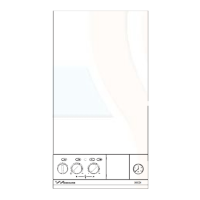


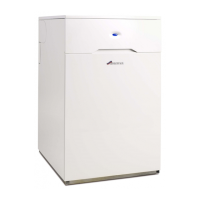

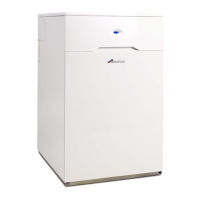

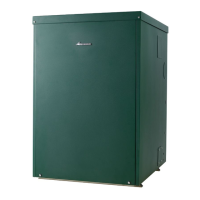
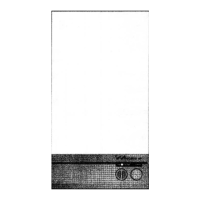
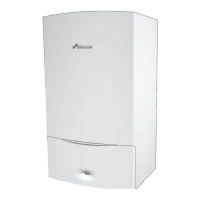


